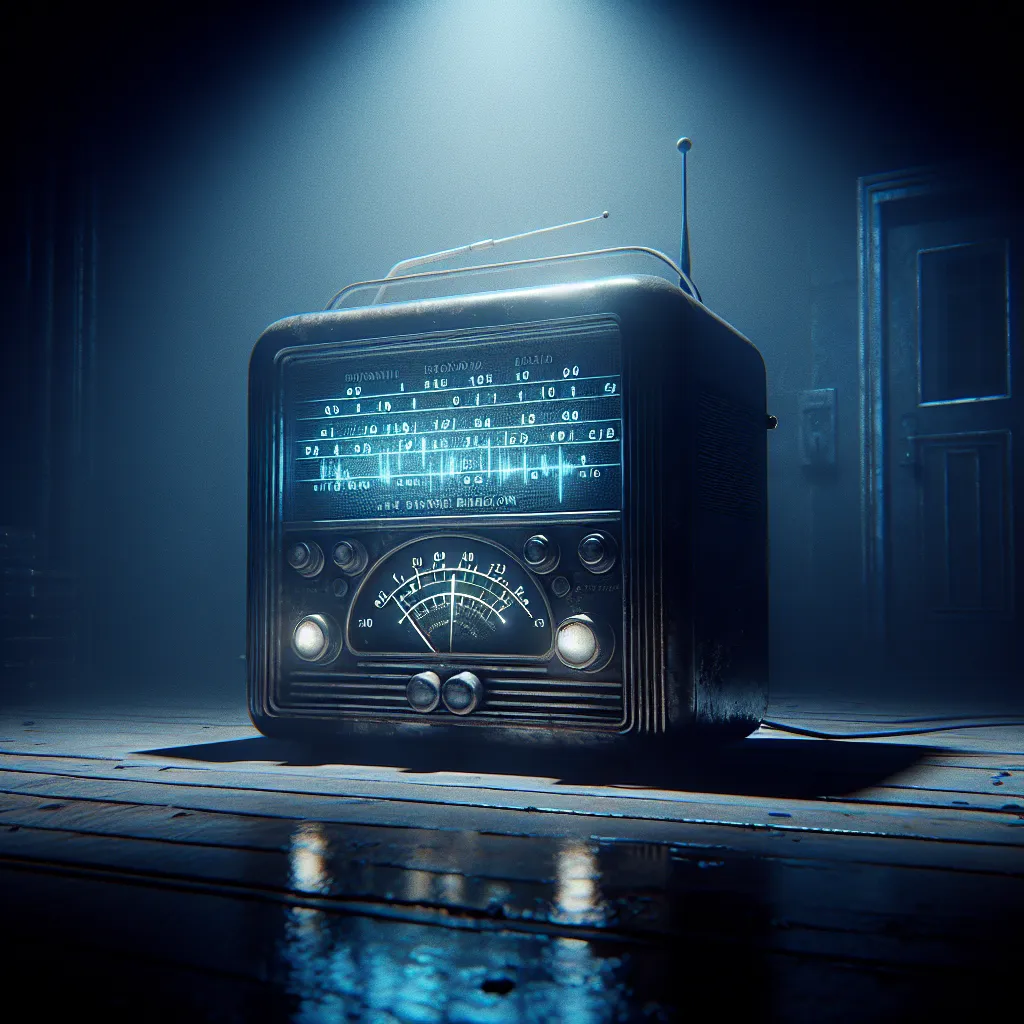Since the end of World War One, mysterious broadcasts known as “numbers stations” have been sending coded messages to spies all around the world via shortwave radio. These eerie transmissions often start with a strange melody or tone, followed by robotic voices reading numbers or letters in various languages. Though they sound bizarre to most, these broadcasts hold confidential information for the right listeners.
Even with today’s advanced tech like satellites, broadband, and cyber warfare, shortwave radio remains a reliable tool for covert operations. Digital communications can be traced, but shortwave radio leaves no digital footprint, making it perfect for secret transmissions.
Some famous numbers stations include the Lincolnshire Poacher, which broadcast from a Royal Air Force base in Cyprus and was believed to be run by MI6, and Swedish Rhapsody, operated by Polish secret police with a chilling child’s voice reading numbers in German. Another noteworthy one is Yosemite Sam, a station based out of New Mexico tied to a government contractor.
Numbers stations are not just relics of the past; many are still active today. These stations began as a means for intelligence agencies to communicate with spies without revealing their locations, a method that remains effective even now. The messages are often encoded using a one-time pad, making them nearly impossible to decipher without the key.
Amateur radio enthusiasts and investigators have tried to map these broadcasts, discovering that they operate outside normal broadcast regulations and often go unacknowledged by any government. The continuing use of these stations underscores their importance in international espionage, indicating an ongoing global game of secret communications.
With a decent shortwave radio, anyone can tune in to these mysterious signals from various parts of the world. While it’s mostly spies who benefit from these encrypted messages, curiosity leads many to eavesdrop on these clandestine operations.
In recent years, the number of active stations has decreased, but many speculate whether they are simply biding their time until a new technological shift or a global crisis necessitates their resurgence. As long as espionage exists, it seems, numbers stations will remain a staple tool for covert communications.
Thanks for joining us on this dive into the world of numbers stations. Stay curious and keep exploring the unseen parts of our world.






